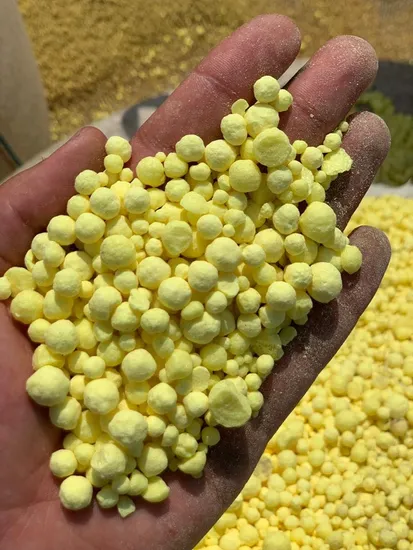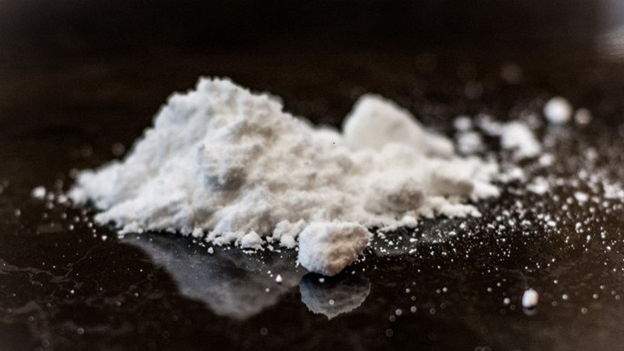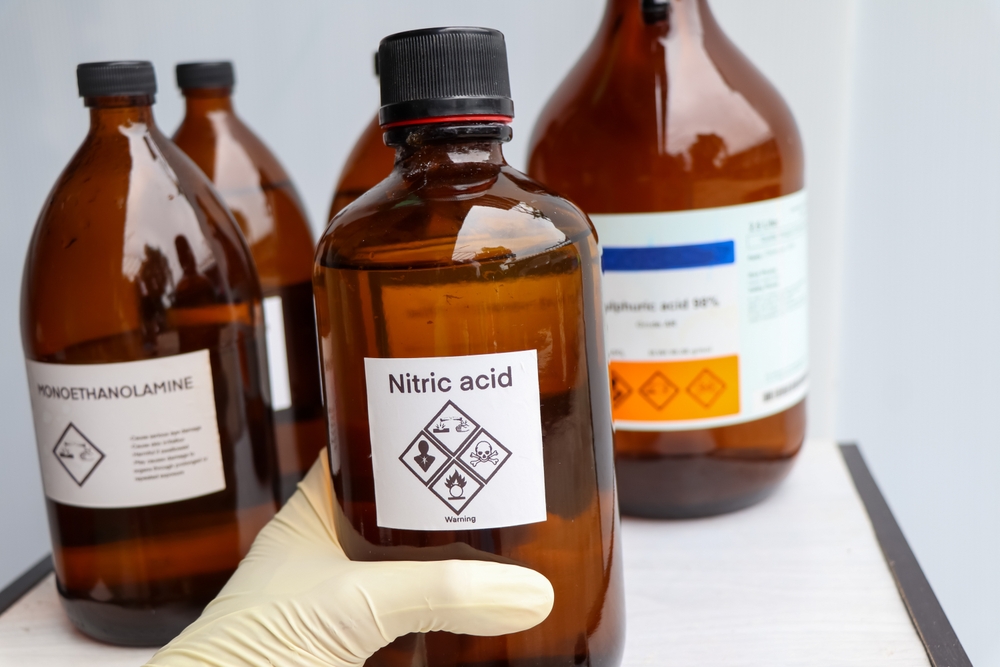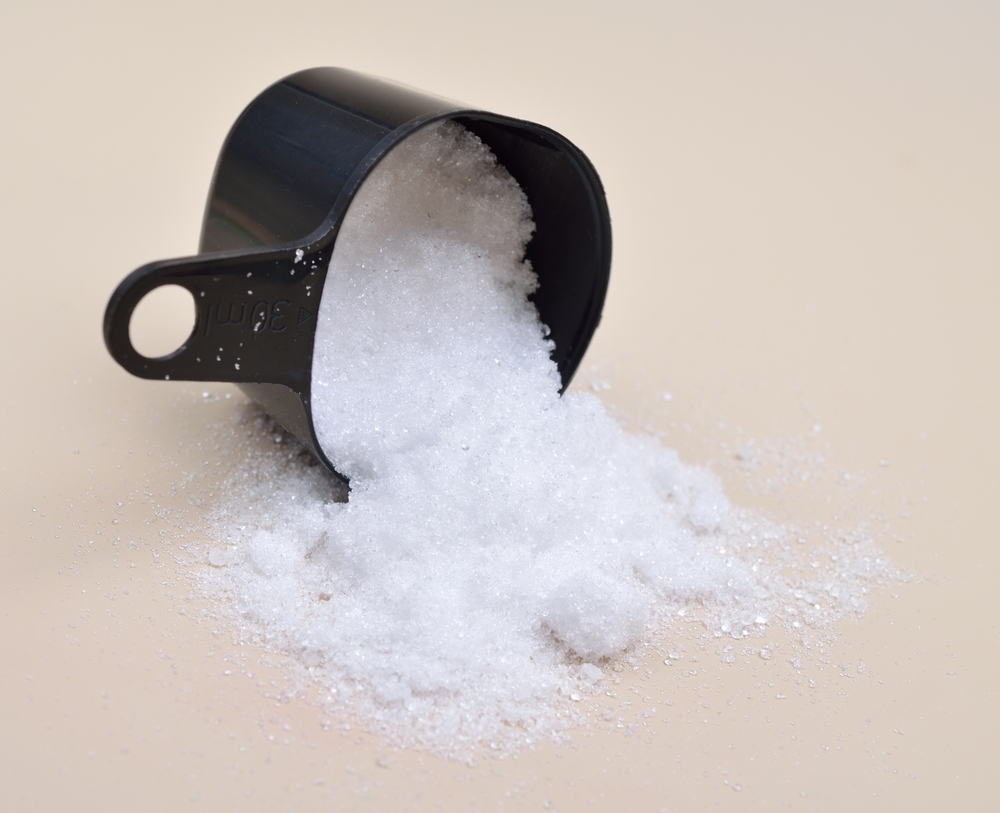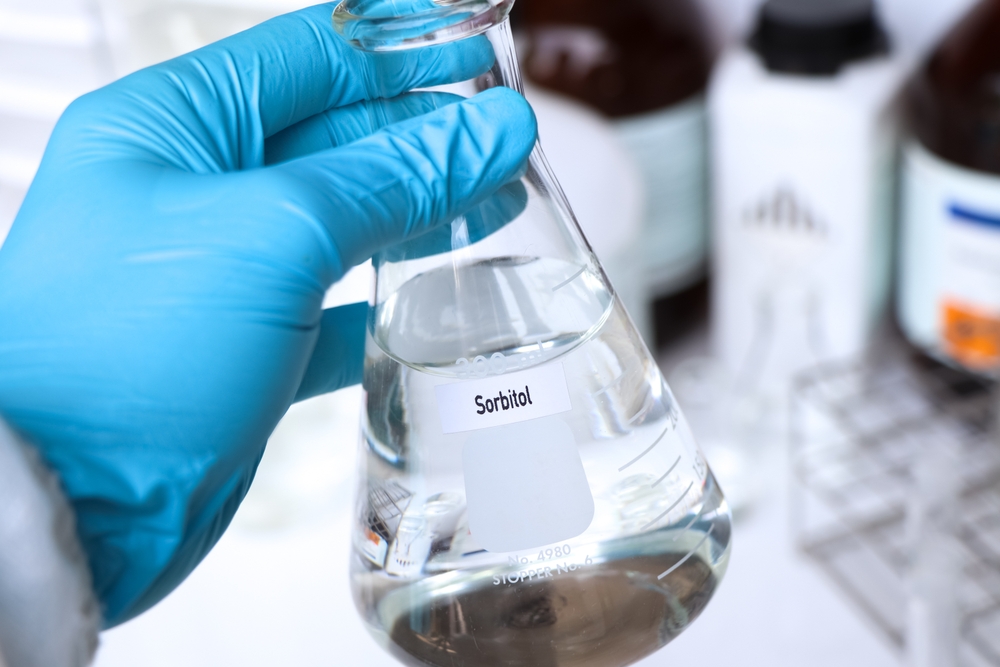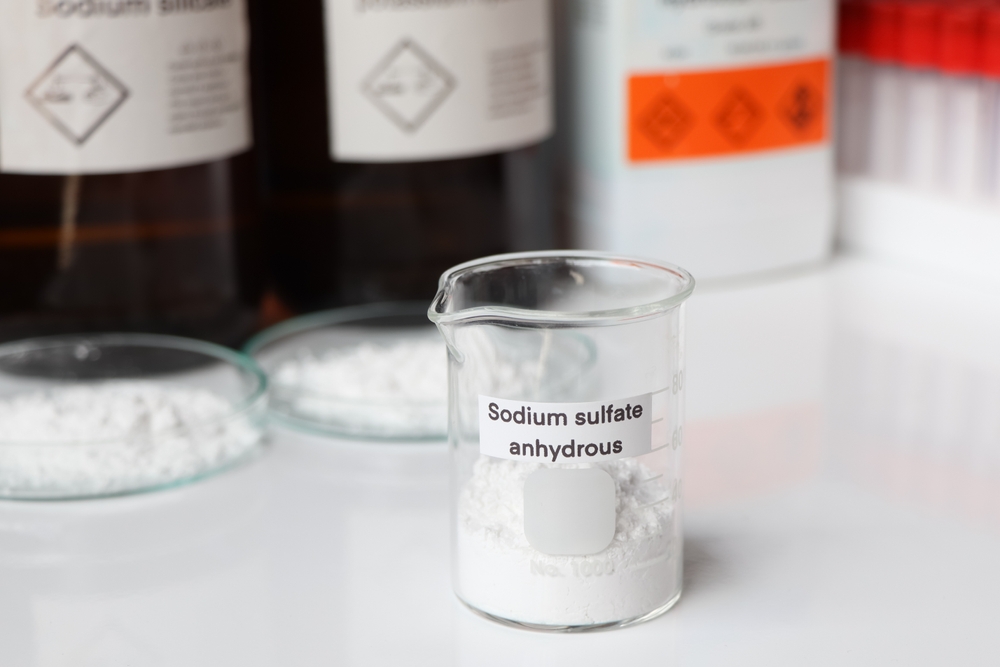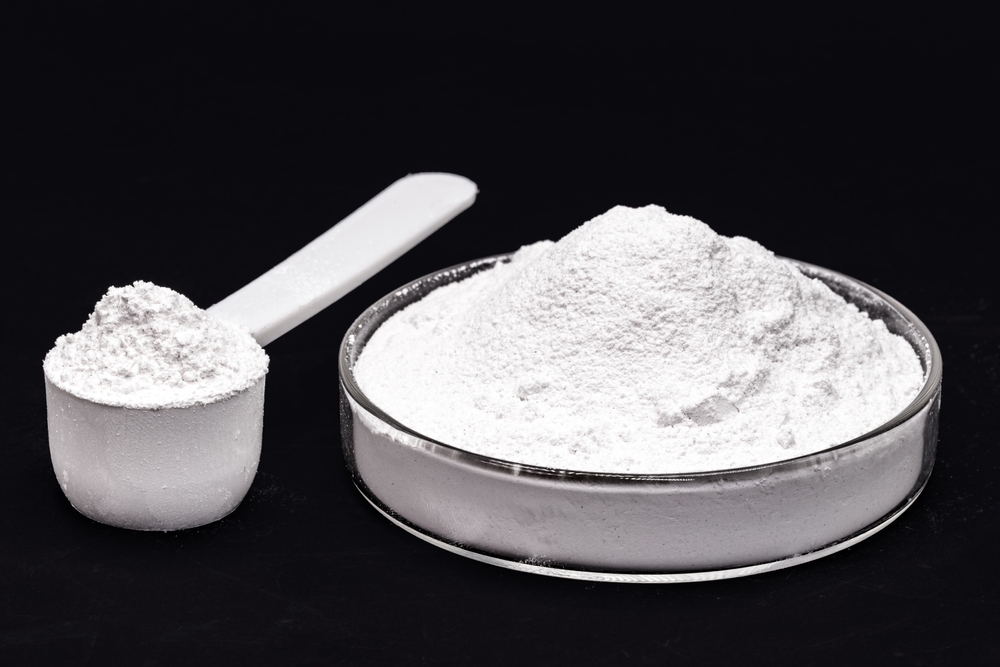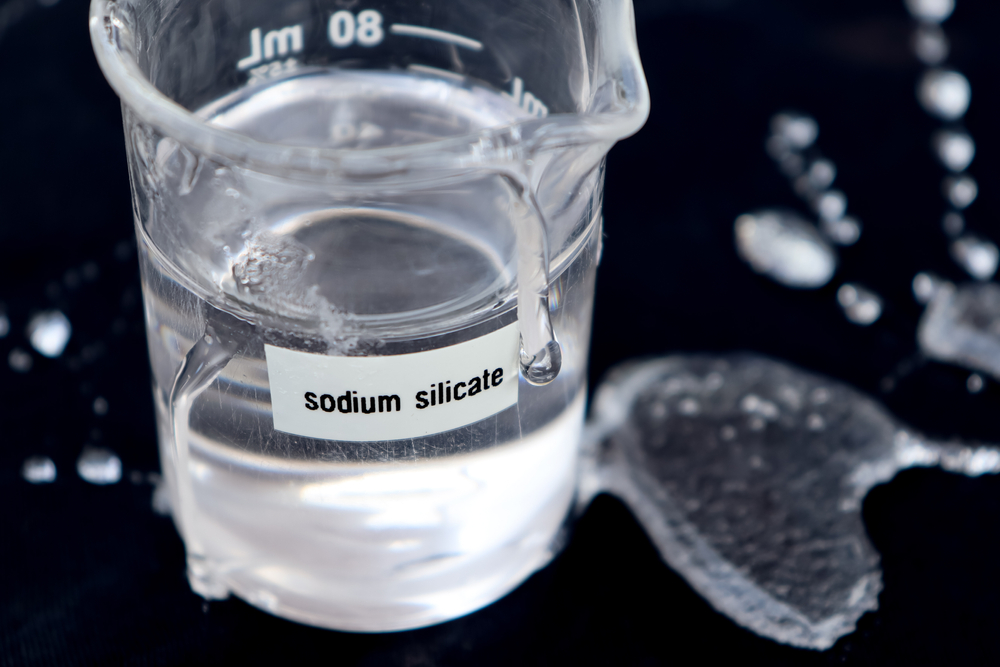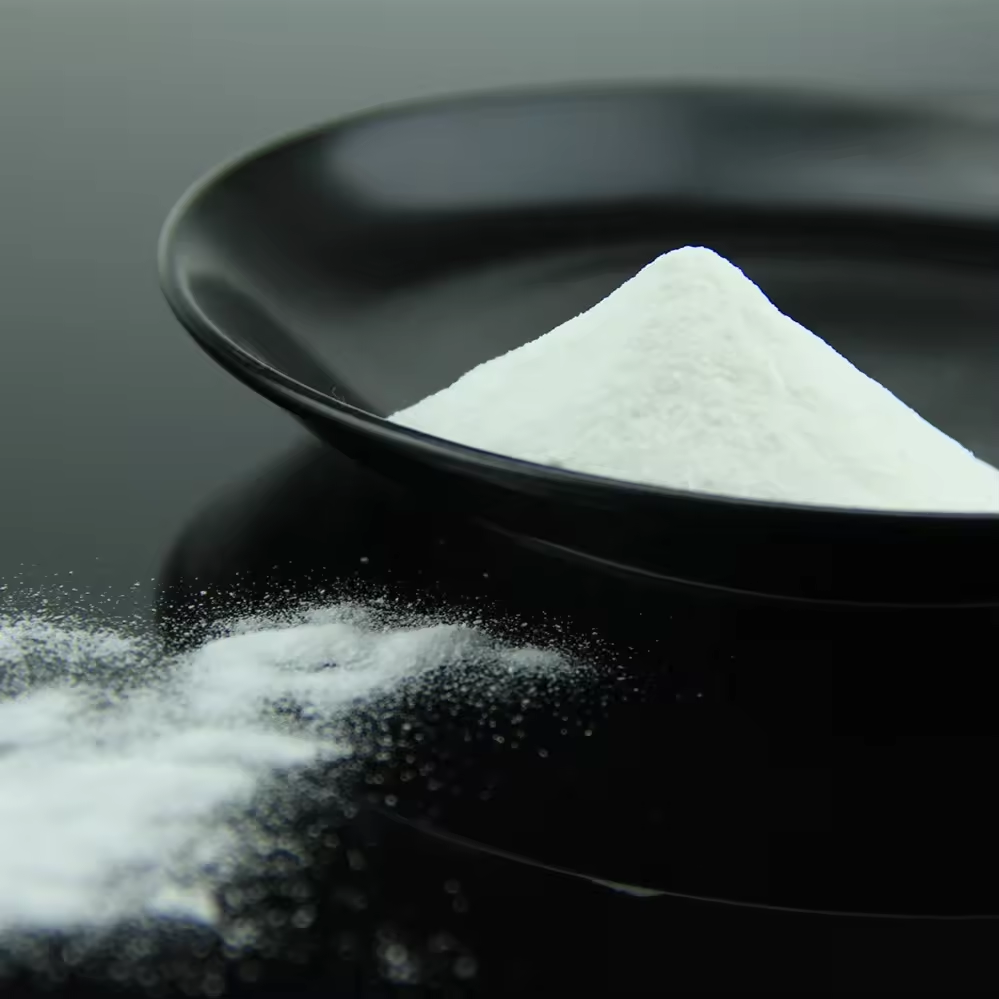Sodium Bicarbonate (Technical / Food Grade) (NaHCO₃)
Sodium Bicarbonate (Technical / Food Grade) Sodium Bicarbonate is a white crystalline powder with mild alkaline properties, widely used across food, pharma, and industrial sectors. Known commonly as baking soda, it serves as a leavening agent in baking, an antacid in pharmaceuticals, and a gentle abrasive in cleaning. It is environmentally friendly, non-toxic, and safe to handle. In technical applications, it’s used for pH regulation, water treatment, fire suppression, and as a feed supplement in livestock nutrition. Synonyms Baking Soda ; Bicarbonate of Soda ; Sodium Hydrogen Carbonate ; Bicarbonate ; Monosodium Carbonate ; Sodium hydrogen carbonate Formula NaHCO₃ CAS No 144-55-8 HS Code 28363000 Industries We Serve Food & Beverage Industry Pharmaceutical Industry Chemical Industry Detergent & Cleaning Products Fire Safety Industry Textile Industry Leather & Tanning Industry Water Treatment Industry Animal Feed Industry Applications Acts as a leavening agent (releases CO₂) in baked goods. Maintains pH balance in food and beverage processing. Used as an antacid to treat heartburn and indigestion. Functions as a buffering agent in tablets and syrups. Used in toothpaste, detergents, and surface cleaners due to its mild abrasiveness and deodorizing ability. Key component in dry chemical fire extinguishers (Class B & C). Acts as a pH buffer and is used in dyeing and tanning processes. Helps in neutralizing acidity and adjusting pH levels. Used as a feed additive and buffer in ruminant nutrition. Intermediate in the production of sodium carbonate, cleaning agents, and effervescent compounds.


